There is no doubt that iPhone users are obsessed with battery life, and you rarely find anyone sacrificing a fifth of the battery capacity, which is 20%, and limiting charging to only 80% “as Apple always recommends.” One person did some tests on his iPhone 15 Pro Max, set the charging limit to 80%, used the iPhone in a normal and intense way, and came up with some results.
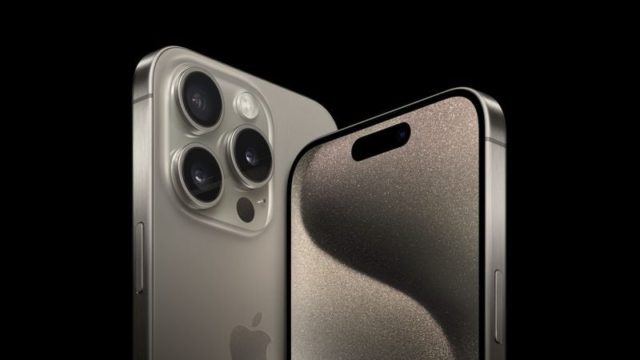
We all want to go out with our phone at 100% charge so that it stays with it for as long as possible. He may even go out with a complete charging kit, chargers and power banks, and every minute of operating time and every percentage point of battery life is extremely important to him. But if people are so obsessed with charging, why does it make sense to sacrifice 20%, or in other words as we mentioned earlier, a fifth of your phone's battery capacity? Why is the 80% charging limit so important?
80% charge limit feature
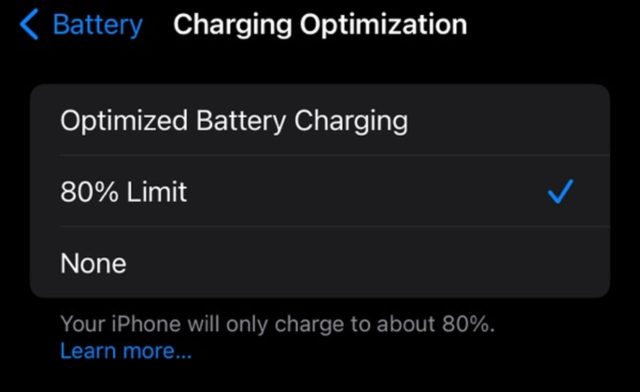
This feature enhances the idea of optimal battery charging, which previously limited nighttime charging to 80%, and the battery is fully charged about an hour before the user would normally wake up. But there has been a modification and the charging limit has been made permanent to 80%. To turn it on, go to Settings > Battery > Charging optimizations.
Apple says iPhone batteries can now withstand up to 1000 full charging cycles before they start to noticeably lose capacity. The reason behind this is that most of the chemical damage (wear and tear) to which iPhone batteries are exposed occurs during charging from 80% to 100% of their capacity.
So when you only charge the battery up to 80% using the “80% limit” feature, you avoid that final stage from 80% to 100% charge which does the most damage to the battery.
In this way, Apple reduces the gradual chemical damage to the battery due to frequent charging up to 100%, extending the life of the battery and making it able to withstand up to 1000 full charging cycles before it loses a significant amount of its capacity.
In short, limiting the charge to 80% will reduce cumulative damage to the battery and improve its long-term life.
The person who experimented said that he had to wait a full year or more to notice the result, but after a period of setting the charging limit to 80%, he got used to this situation and was no longer obsessed with the battery and the charging percentage.
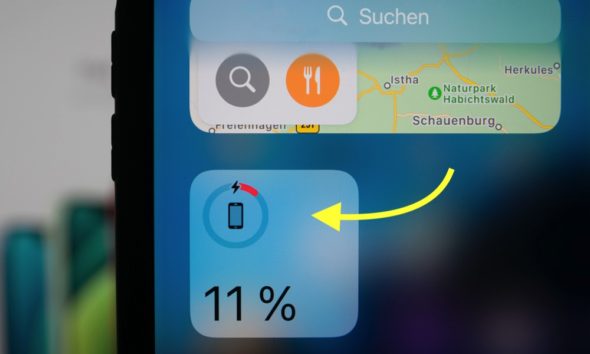
Note that after extensive use, the battery percentage rarely reaches less than 35% for a single day. Thus, the battery will continue to operate efficiently for a long life and discharge less, compared to a battery that is charged to 100%. Its efficiency and lifespan will quickly decrease, and what will happen is that it will quickly discharge its charge as the days pass.
This person took a hiking trip using his iPhone 15 Pro Max, using it for planning and navigation, and taking photos and videos. He decided not to bring a power bank with him, and considered it “cheating.” He planned an eight-hour hike, made more challenging by the cold and wet weather, conditions known to drain the battery faster.
He says everything went well, that he started the hike with 80% charge and returned to the car with 48% charge, along with a wealth of videos and photos.
Strategy to deal with the 80% charge limit
After activating the “80% limit” feature on the iPhone, it had a “smaller” battery capacity of 20% than it had when the battery was allowed to be charged to 100%. So follow two strategies to best deal with this low capacity:
Practical strategy: Note that micro-recharging frequently throughout the day can help a lot. Spending just a few minutes on a wireless charging pad, car charger, or connecting it to a power bank or wall charger can add a significant percentage of charge to the battery, even if it is for a short period.
Psychological strategy: The second strategy was a psychological factor. He turned off the battery percentage display on the iPhone, so that it does not continuously monitor the battery level decreasing point by point. Instead, he focused on the bigger picture and that the battery overall was enough for daily use.
So his strategy involved recharging regularly for short periods to maintain the battery level, as well as avoiding constant anxiety by turning off the battery percentage display. Thus it was able to adapt to the reduced capacity better.
If you've enabled the battery percentage display feature and want to disable it, go to Settings > Battery and turn off battery percentage.
Conclusion
Summary of this person’s experience with the “80% limit” feature on the iPhone 15 Pro Max:
◉ iPhone 15 Pro Max has sufficient battery capacity even when restricted to 80% to handle normal daily use.
◉ In cases of heavy use or travel, when battery life is crucial, it will charge an external power bank, or it will temporarily disable the “80% limit” feature to get 100% full battery capacity.
◉ But on most normal days, limiting the battery capacity to 80% does not pose any problem for him and his daily use.
So the bottom line is that the “80% limit” feature is useful in normal daily use to maintain long-term battery health, and can be disabled when maximum battery life is needed in certain circumstances.
Source:
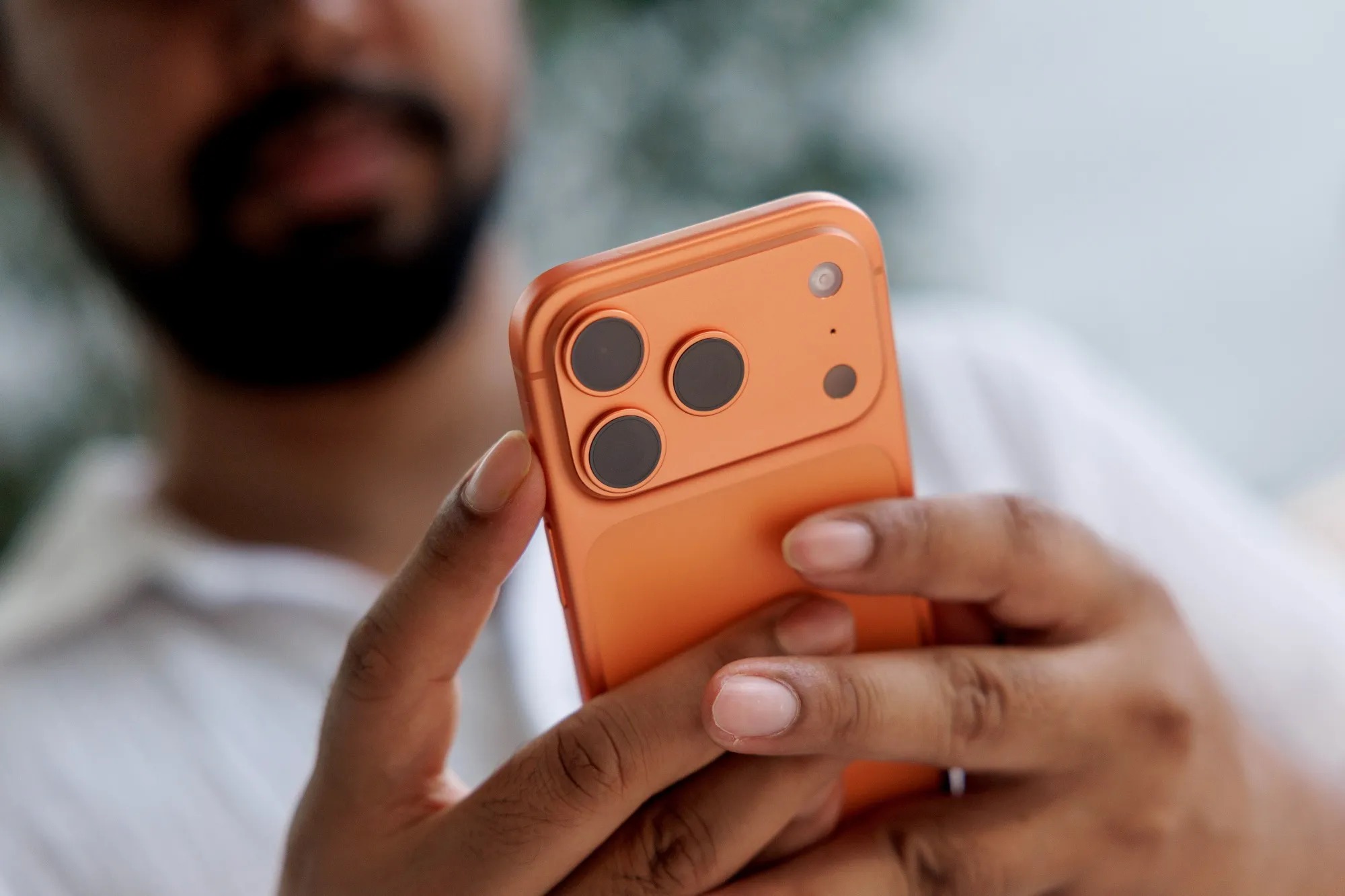
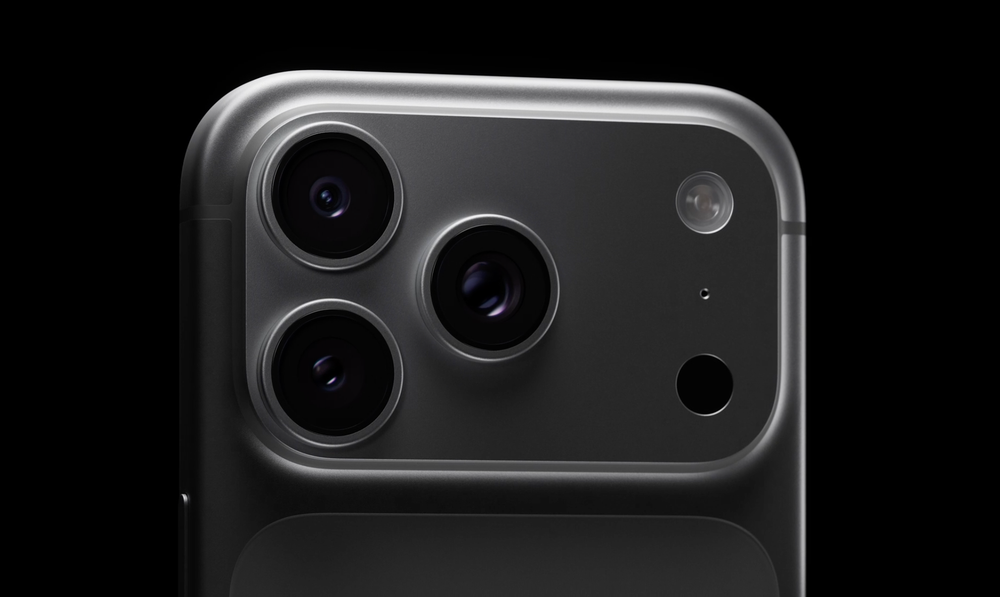

42 comment